Microsoft reached the RTM (Release To Manufacturing) milestone for Exchange Server 2010 on October 8, 2009, and it was officially launched on November 9, 2009.[18] A 120 day trial which is downloadable from Microsoft.[17] Exchange Server 2010 is available in two server editions; Standard edition and Enterprise edition.

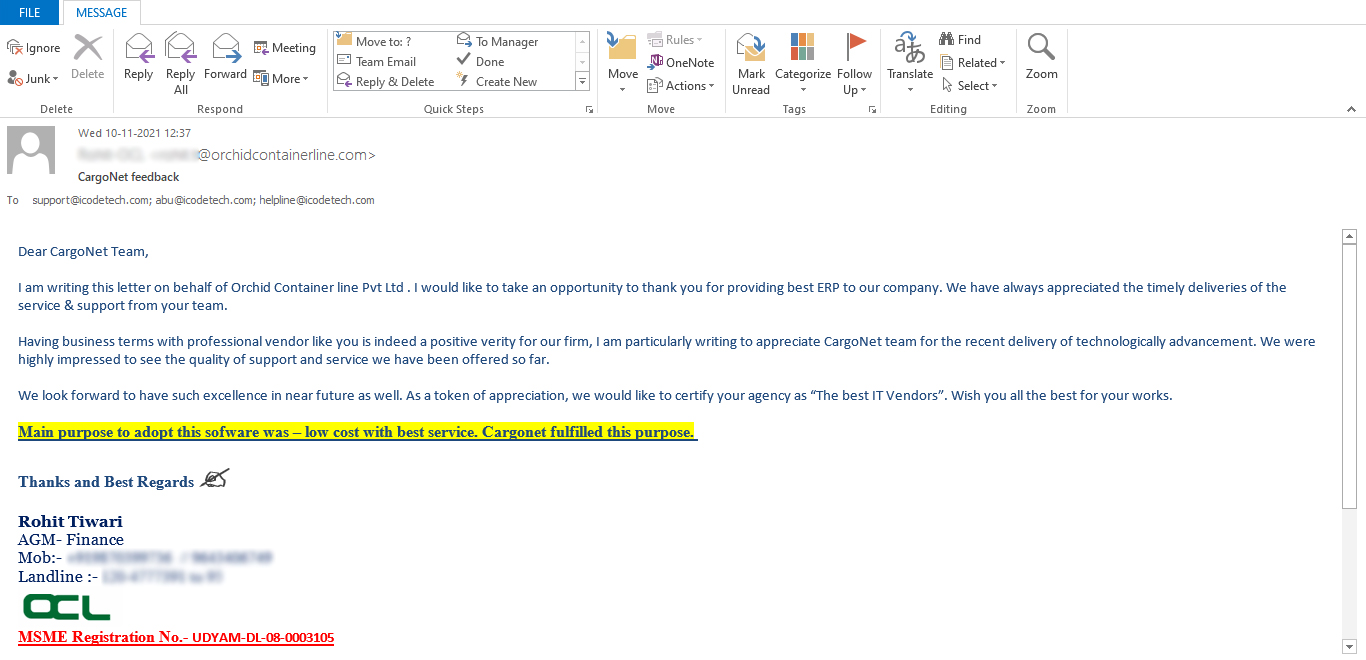
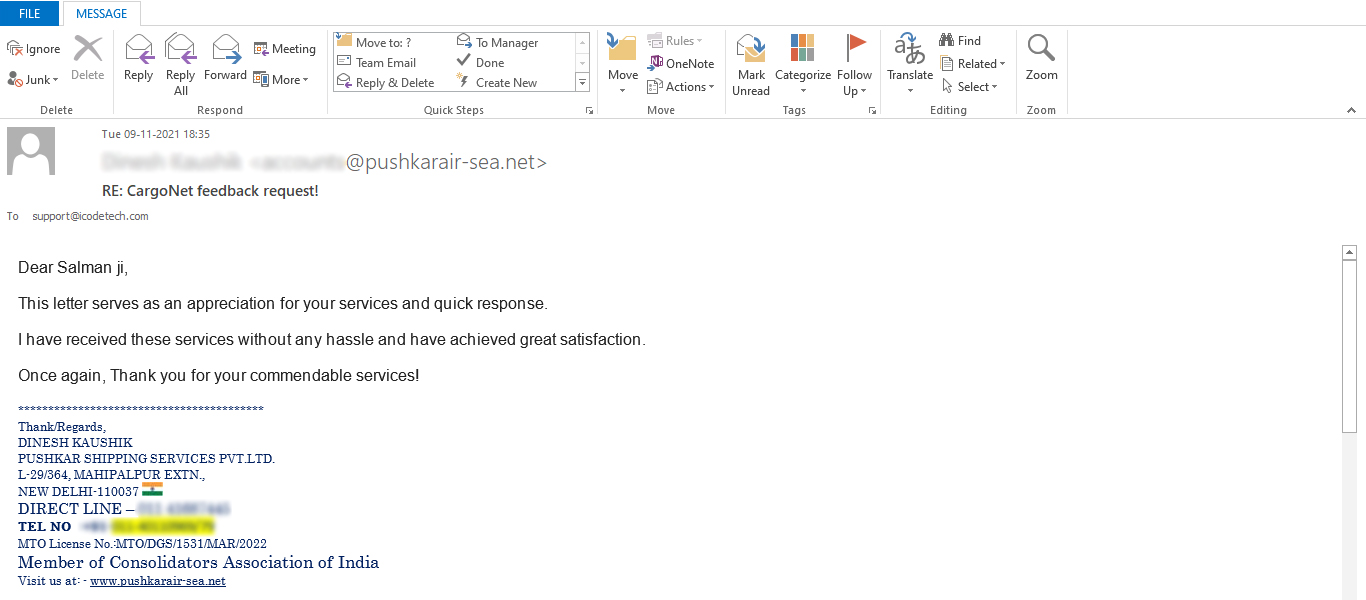
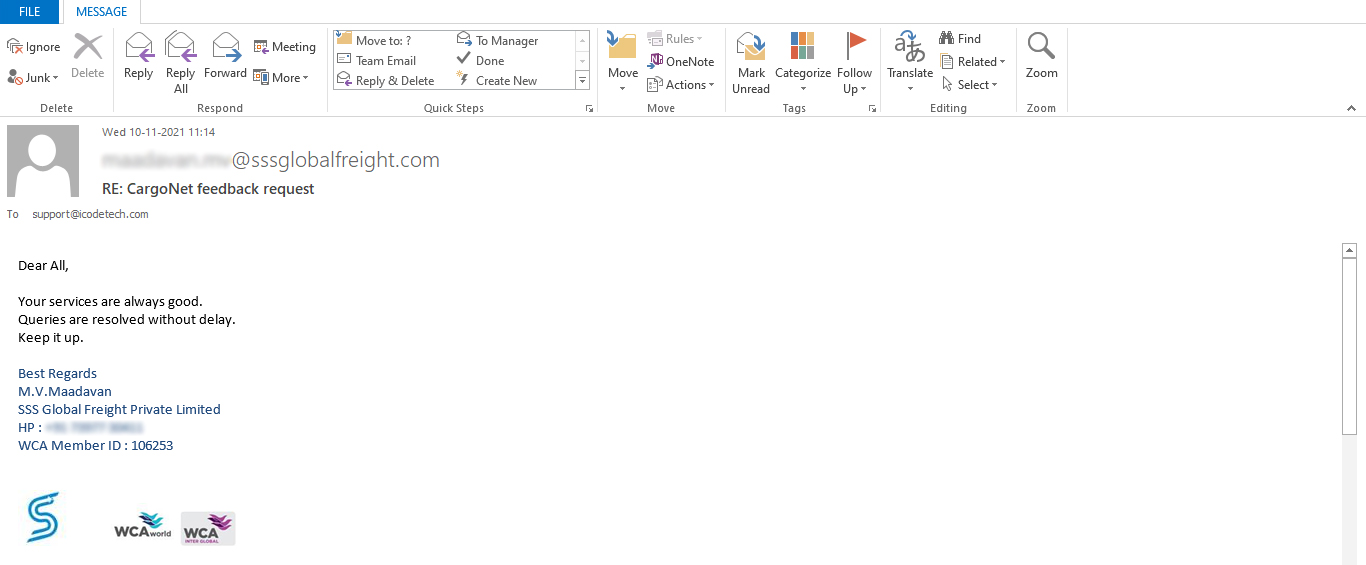
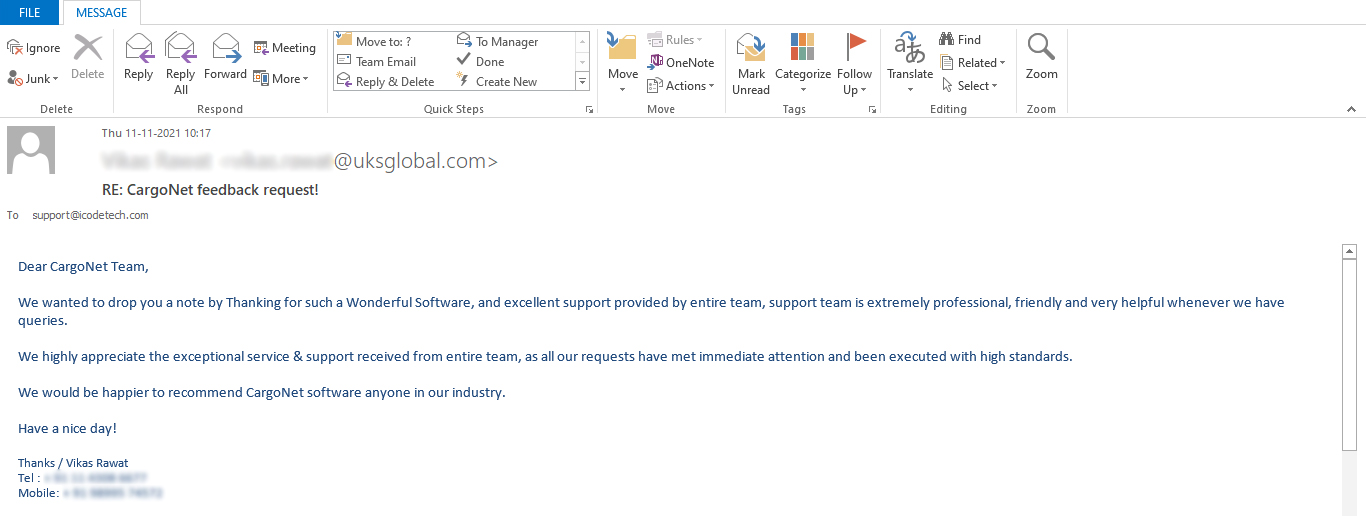
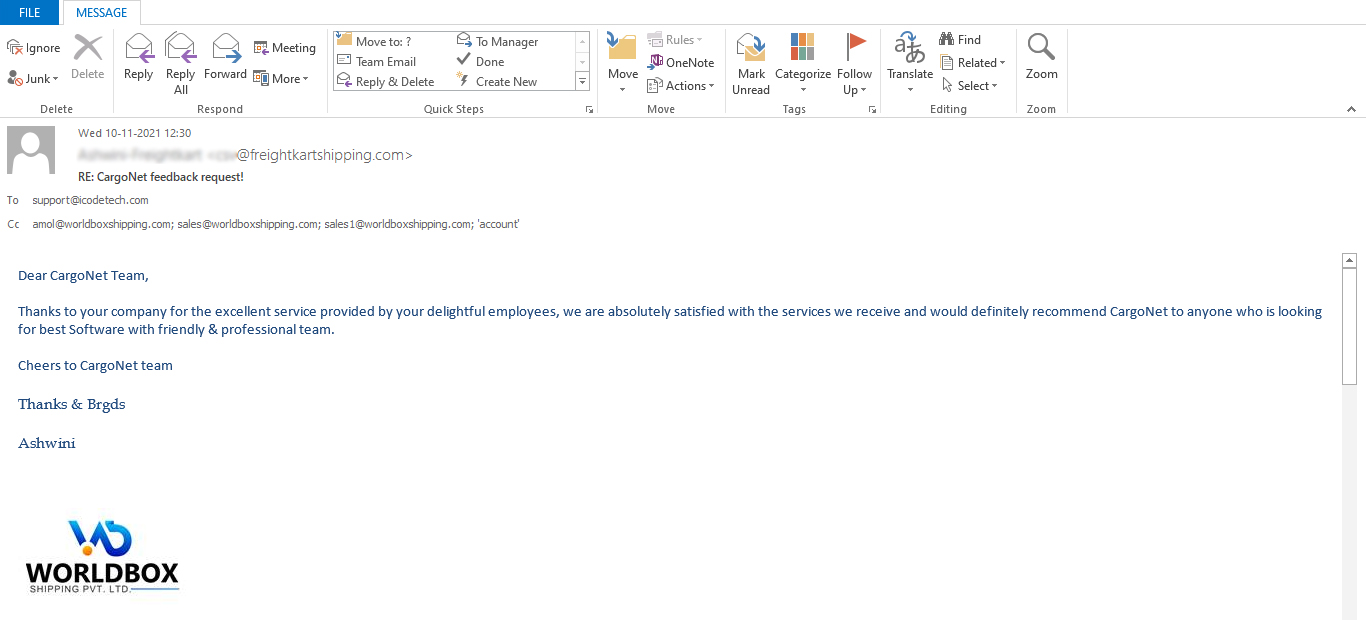
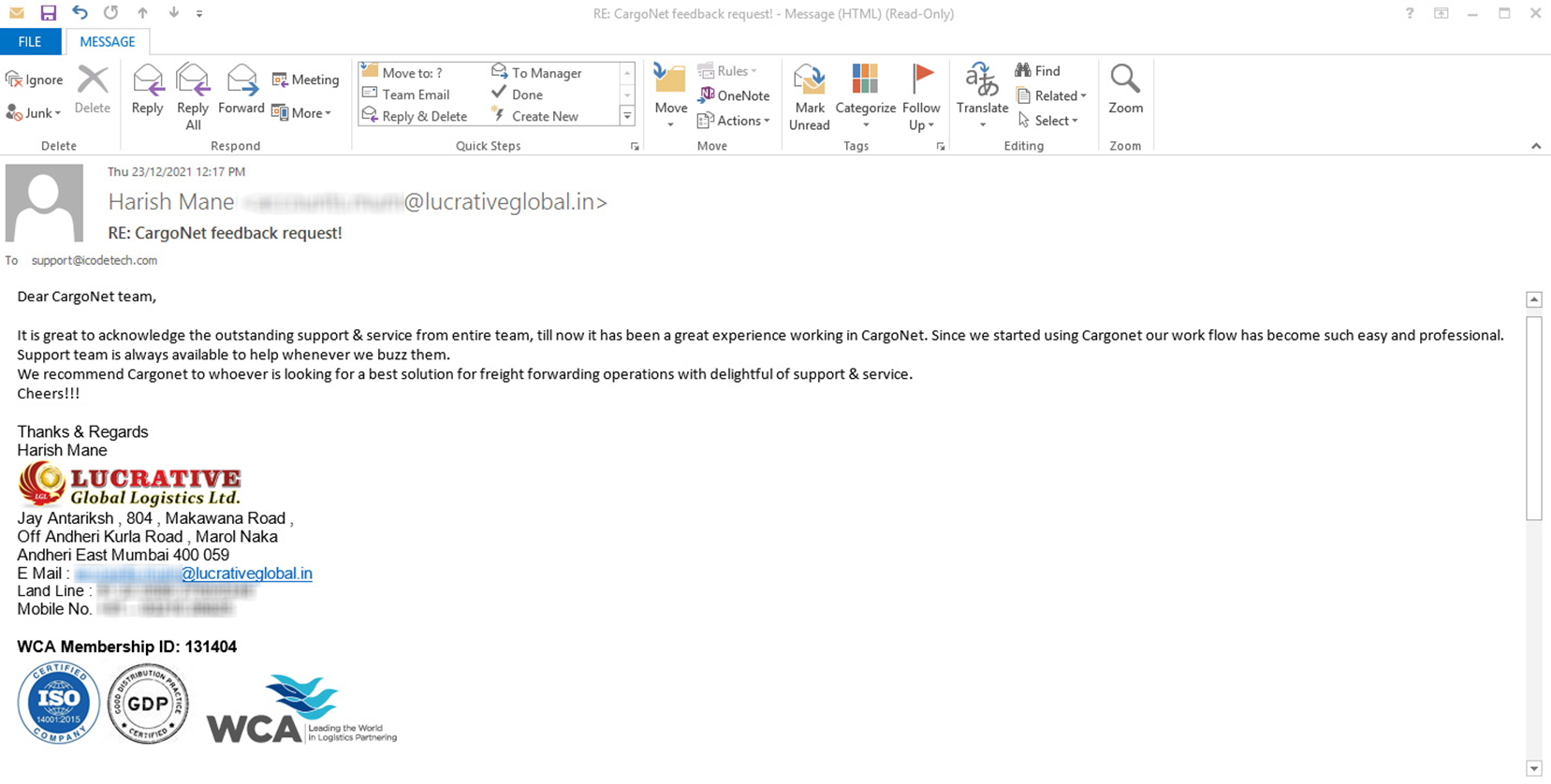
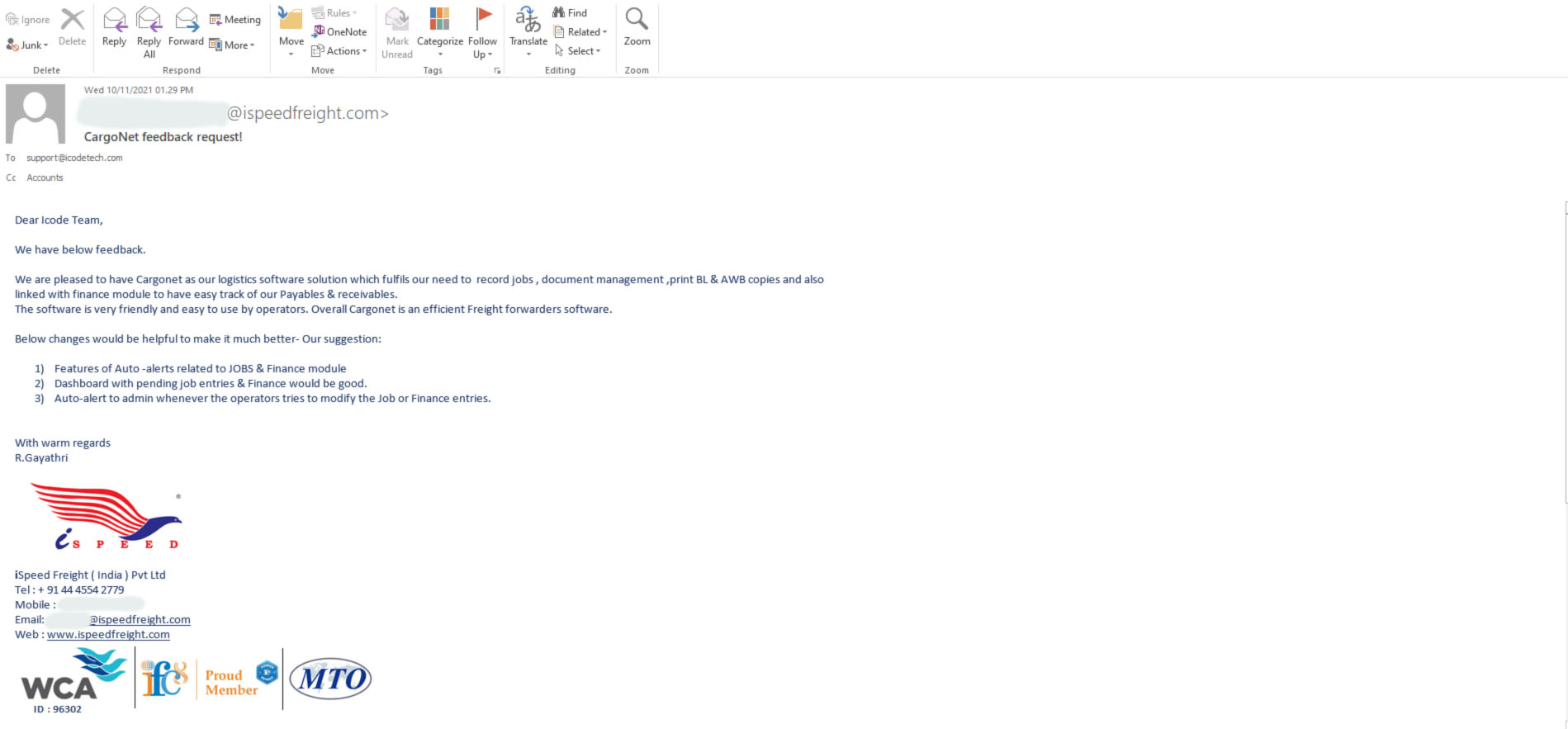


Share your information for instant access :